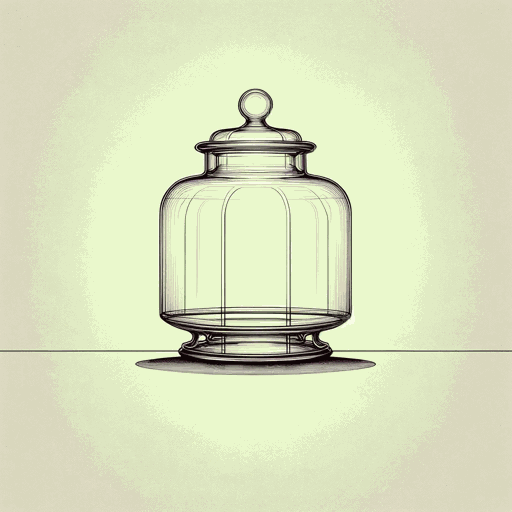40 pages • 1 hour read
Tennessee WilliamsCat on a Hot Tin Roof
Fiction | Play | Adult | Published in 1955A modern alternative to SparkNotes and CliffsNotes, SuperSummary offers high-quality Study Guides with detailed chapter summaries and analysis of major themes, characters, and more.
Background
Genre Context: Southern Gothic Literature
Tennessee Williams is known for his contributions to Southern Gothic literature. Southern Gothic, often associated with writers like William Faulkner and Flannery O’Connor, is a literary genre that uses gothic elements to explore the complexities of the post-war American South, including grotesque or macabre imagery and supernatural elements. Prior to the Civil War, the Antebellum South was known for its booming agricultural industry, including sprawling cotton plantations made wealthy by the unpaid labor of enslaved people. After the Civil War and emancipation, the South’s economy largely collapsed, leaving the region plagued by poverty, racism, sexism, and violence, with many formerly prestigious white families clinging to a past of perceived glory. Southern Gothic literature destabilizes the idealized vision of the American South and uses gothic elements to uncover its real social issues.
Cat on a Hot Tin Roof contains many elements of Southern Gothic literature, including themes of family dysfunction and decay as well as grotesque imagery, like the portrayal of Mae as “monstrous” for her fertility. The Pollitts’ plantation represents the glamor of the Old South, and their inability to choose an heir demonstrates the decay of this glamor. Brick’s alcoholism and Gooper’s greed suggest the Pollitt estate will fall into further decay, reflecting the larger downfall of the American South.
Related Titles
By Tennessee Williams

A Streetcar Named Desire
Tennessee Williams

Orpheus Descending
Tennessee Williams

Suddenly, Last Summer
Tennessee Williams

Sweet Bird of Youth
Tennessee Williams

The Glass Menagerie
Tennessee Williams

The Night of the Iguana
Tennessee Williams

The Rose Tattoo
Tennessee Williams
Featured Collections
Books that Feature the Theme of...
View Collection
Books that Feature the Theme of...
View Collection
Dramatic Plays
View Collection
Family
View Collection
Pride Month Reads
View Collection
Pulitzer Prize Fiction Awardees &...
View Collection
Southern Gothic
View Collection
Truth & Lies
View Collection

